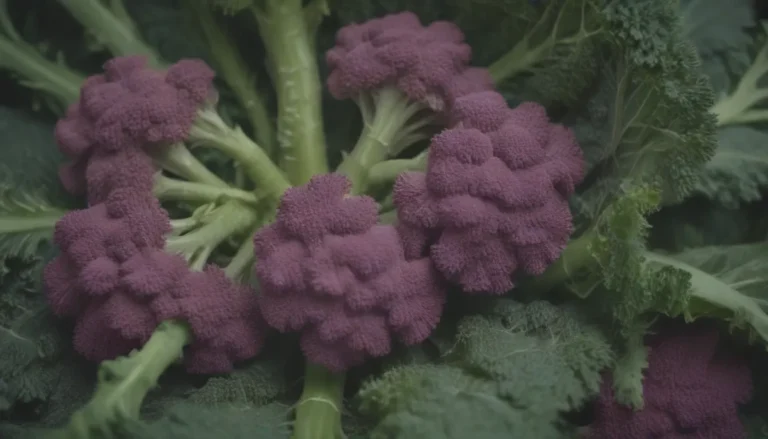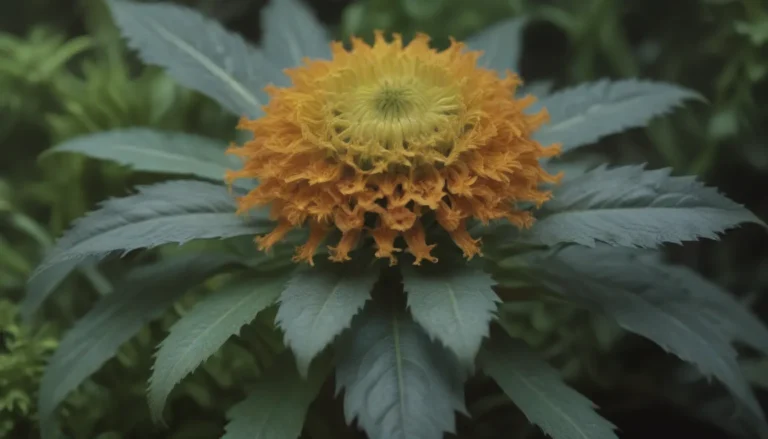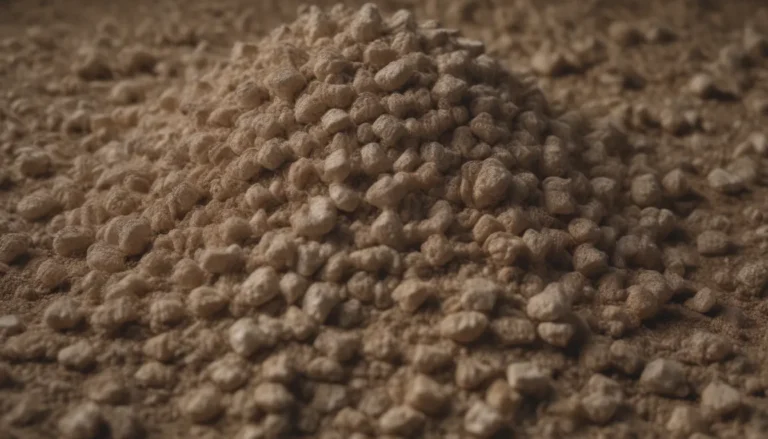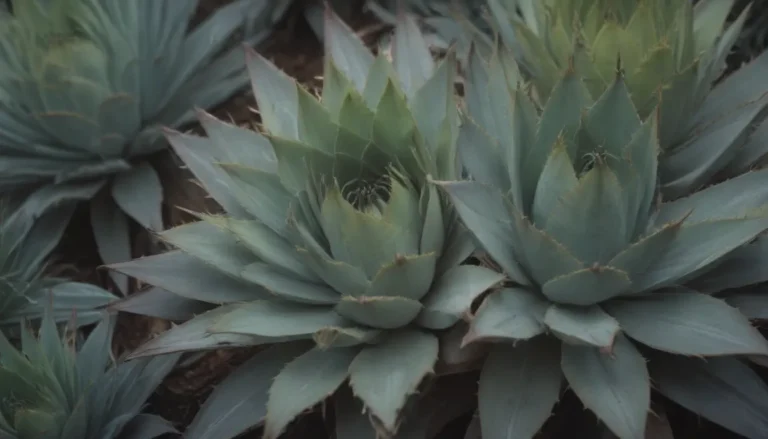The Ultimate Guide to Growing Hardy Mums for Vibrant Blooms Year After Year
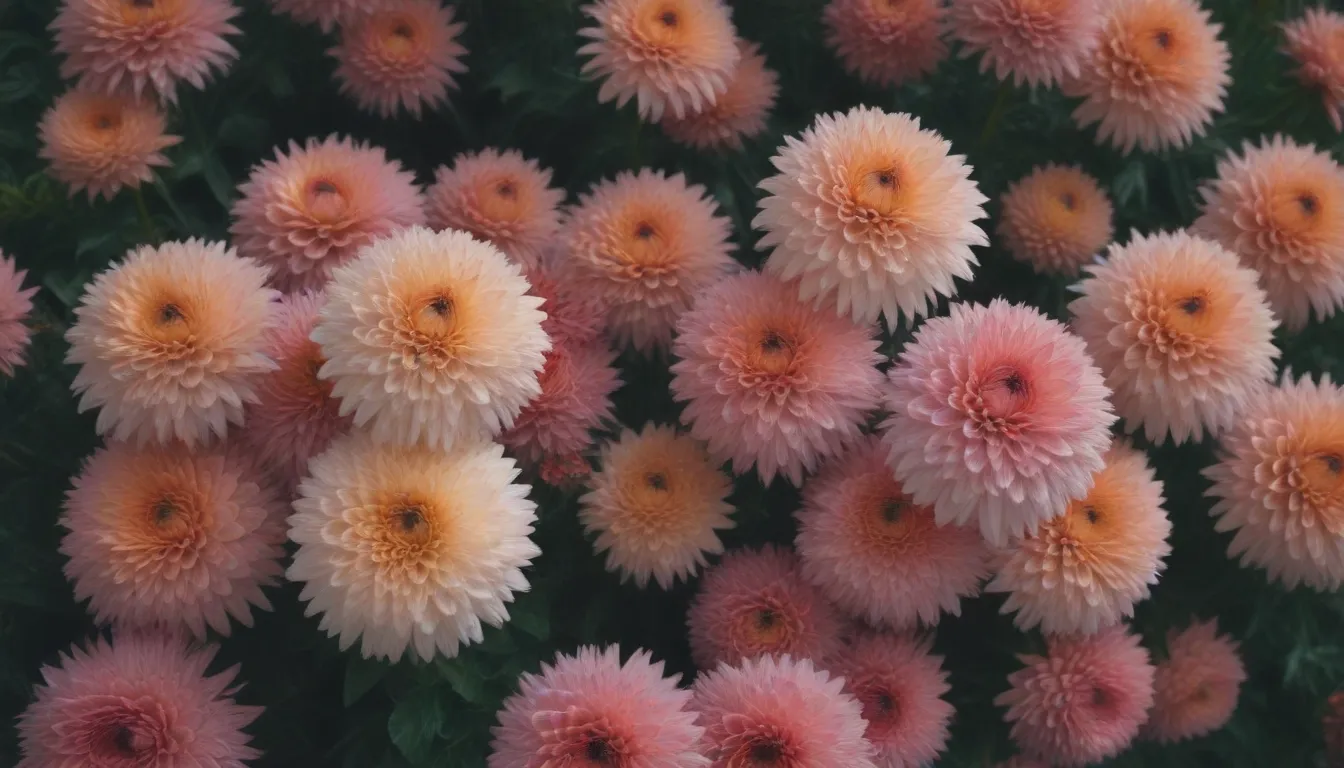
Are you looking to add a pop of color to your fall garden year after year? Hardy mums, also known as chrysanthemums, are the perfect choice! These herbaceous perennials are known for their characteristic daisy-shaped flowers and vibrant hues that add a burst of color to any landscape. Whether you live in a moderate climate where mums thrive as perennials or in a northern region where they are best planted as annuals for fall blooms, growing hardy mums can be a rewarding experience.
In this comprehensive guide, we’ll walk you through everything you need to know about caring for hardy mums to ensure they thrive and bloom beautifully year after year. From light and soil requirements to propagation and common pests and diseases, we’ve got you covered. So, grab your gardening gloves and let’s dive in!
The Basics of Hardy Mum Care
Taking care of hardy mums is relatively easy once you understand their basic needs. Here are some key care requirements to keep your mums healthy and thriving:
Light
Hardy mums prefer full sun, meaning they need at least six to eight hours of direct sunlight daily. While they can benefit from some afternoon shade in warmer climates, avoid planting them near artificial lights that can disrupt their flowering cycle.
Soil
These plants thrive in organically rich soil with a slightly acidic to neutral pH. Ensure the soil has good drainage to prevent root rot, a common issue with mums.
Water
Mums like consistent moisture but can’t tolerate soggy soil. Water whenever the soil dries out about 1 to 2 inches down, and increase watering frequency during warmer weather and when the plant is in bloom.
Temperature and Humidity
Hardy mums can handle a wide range of temperatures, from up to 100 degrees Fahrenheit to as low as 20 degrees Fahrenheit. Choose varieties that are bred to thrive in your specific climate conditions. Moderate humidity levels are ideal to prevent fungal diseases.
Fertilizer
Mums are heavy feeders and benefit from regular fertilization. Use a slow-release fertilizer in the spring or a water-soluble fertilizer monthly through July. Avoid fertilizing after July to prevent damage from cold fall temperatures.
Types of Hardy Mums to Consider
Hardy mums come in a variety of shapes and colors, making them a versatile addition to any garden. Here are some popular categories and varieties to consider:
Anemone
- ‘Dorothy Mechen’
- ‘Adrienne Mechen’
- ‘Samba’
- ‘Harmony’
Pompom
- ‘Patriot’
- ‘Garnet’
- ‘Barbara’
Spoon
- ‘Kimie’
- ‘Matchsticks’
- ‘Yellow Quill’
Newer Varieties for Northern Climates
- My Favorite series
- Morden series
- ‘Peach Centerpiece’
- ‘Rose Blush’
Propagating and Growing Hardy Mums
If you want to expand your mum collection, you can propagate them through division or stem cuttings. Growing mums from seed is also possible but requires time and patience. Here’s how you can propagate and grow hardy mums successfully:
Propagating via Division
- Divide the root clumps in early spring to create new plants.
Propagating via Stem Cuttings
- Take stem cuttings from mature plants and root them in soil or water to establish new plants.
Growing Hardy Mums From Seed
- Start seeds indoors at least six weeks before the last expected frost date for better results.
- Collect seeds from dried heads of spent flowers or purchase packaged seeds from a reliable supplier.
Potting, Repotting, and Overwintering Hardy Mums
Whether you’re growing mums in the ground or in containers, proper potting, repotting, and overwintering are essential for their long-term health. Follow these tips to ensure your mums thrive:
Potting and Repotting
- Plant mums in containers with well-draining potting mix for easy maintenance.
- Repot the plant every two to three years to prevent root-bound growth.
- Overwinter potted mums in a sheltered location to protect them from harsh winter conditions.
Overwintering
- Cut back plants in warmer climates after the fall-flowering period.
- Apply a thick layer of mulch over plants in colder climates to protect them during winter.
- Consider digging up and transplanting outdoor mums into cold frames for added protection.
Common Pests and Plant Diseases to Watch Out For
While hardy mums are relatively resistant to pests and diseases, they can still be susceptible to certain issues. Keep an eye out for common problems such as aphids, thrips, and fungal diseases like powdery mildew. Here are some tips for managing pests and diseases:
- Use organic pesticides like neem oil to control small insects and fungal diseases.
- Remove affected plant parts or entire plants if the disease is widespread to prevent further spread.
- Avoid overhead watering to reduce the risk of soil-borne diseases.
Encouraging Hardy Mums to Bloom Beautifully
Hardy mums are prized for their vibrant blooms in the fall months. To ensure your mums produce robust flowers, follow these tips:
Bloom Months
- Hardy mums primarily bloom in the fall but can start flowering in late summer.
Encouraging More Blooms
- Provide ample sunlight, water, and fertilizer to support healthy growth.
- Pinch back stem tips early to create bushy plants and promote profuse flowering.
- Deadhead spent flowers regularly to maintain a neat appearance and stimulate new growth.
Caring for Mums After Blooming
- Plant potted mums in the ground after blooms fade in late October.
- Water well, mulch, and cut plants down for winter to protect them from the cold.
Dealing With Common Problems in Hardy Mums
While hardy mums are generally low-maintenance, they can encounter issues like yellowing leaves, leggy growth, and root rot. Here’s how you can address common problems with mums:
Yellow Leaves
- Remove affected plant parts to prevent the spread of viral or fungal diseases.
Leggy, Droopy Plants
- Prune or pinch back plants severely in spring to promote compact growth.
- Ensure mums receive enough sunlight to prevent leggy growth.
Plants Breaking at the Soil Line
- Adjust watering routines to prevent root rot, which can cause softening of stems.
- Transplant hardy mums as needed to ensure their long-term health and vitality.
In conclusion, hardy mums are a beautiful addition to any garden, offering vibrant blooms in the fall months and year after year. By following these care tips and guidelines, you can enjoy a stunning display of colorful flowers and healthy plants. So, roll up your sleeves and get ready to grow your own gorgeous hardy mums for a spectacular garden showcase!
Remember, gardening is a journey, so don’t be discouraged by setbacks. With patience and dedication, you’ll soon be rewarded with a flourishing garden filled with stunning hardy mums blooming year after year. Happy gardening!
